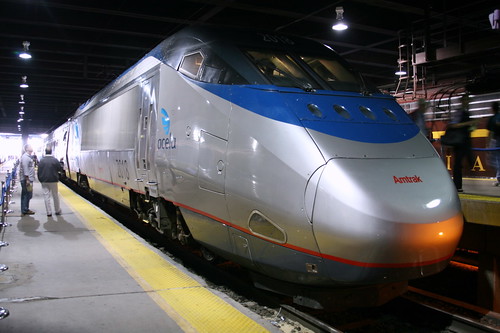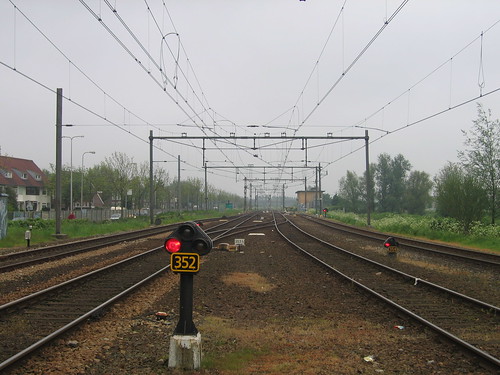IBM Accelerates Into “Smart Rail,” Guns for High-Speed Rail Investments in U.S & China
(Source: Earth2Tech & CNET)

The Taiwan High Speed Rail Corporation is using an “asset-management package,” which IBM gained when itacquired MRO Software, to get trains running from the north side of the island to the south with a punctuality rate of 99.15 percent. The 90-minute trip replaces what would be a 4 1/2-hour trip by convention rail.
This CNET article also discussed the efforts undeertaken by the US in speeding up the High-speed rail investment. IBM considers government funding for high-speed rail is the equivalent of “seed money” for large projects, said Ken Donnelly, transportation strategy manager for IBM’s Maximo asset-management product. As problems over traffic congestion and pollution become more acute, IBM’s Dierkx expects interest in rail to gain steam.
“In an economic downturn, a lot of green initiatives can come under pressure if you don’t have strategic foresight,” he said.












